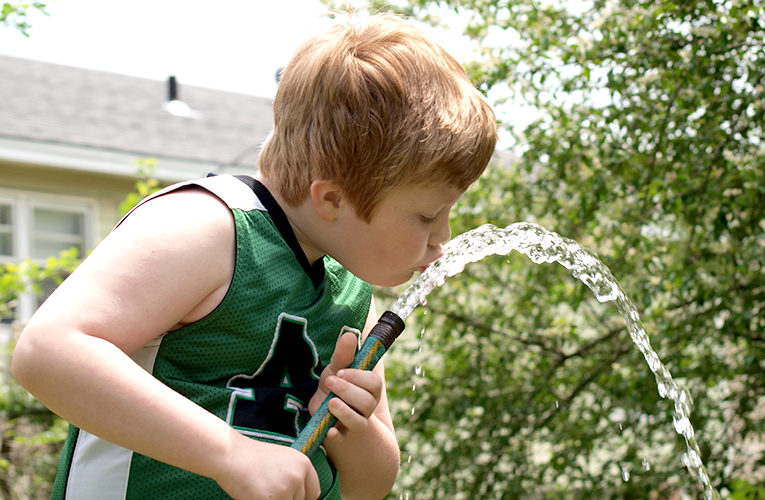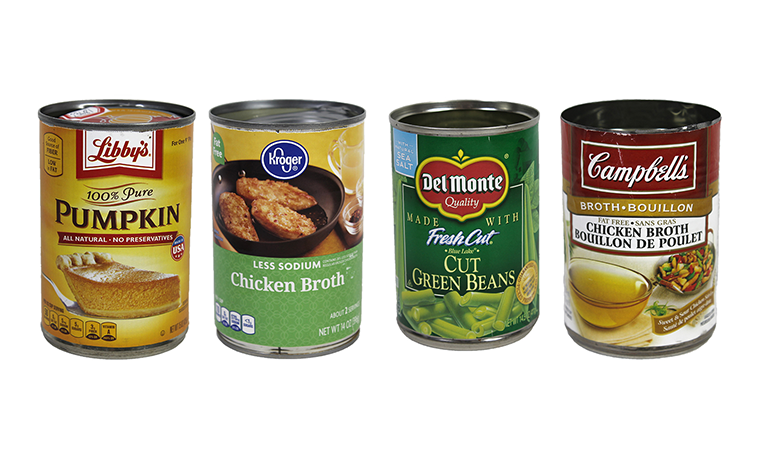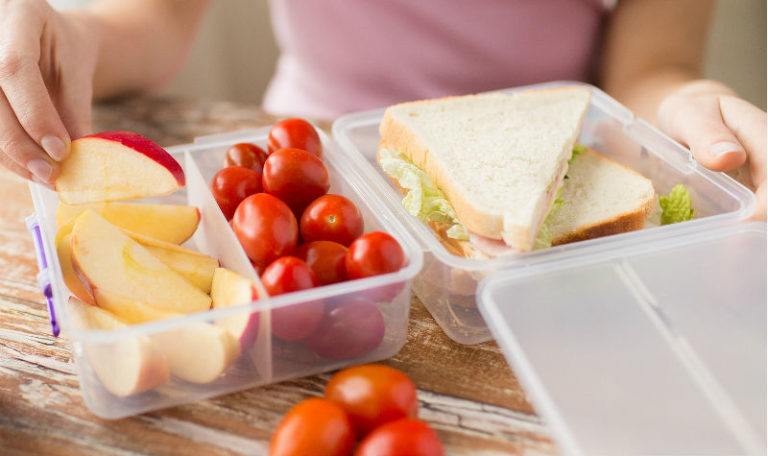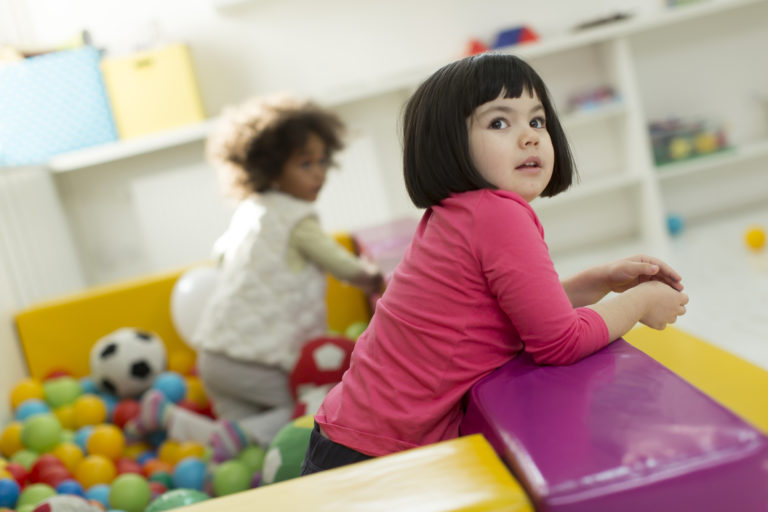Search Results for "bpa"

Lead leaches into water from hoses, study finds, the market is shifting to safer materials and products

Several species of wildlife in Puget Sound show decreasing levels of toxic flame retardant PBDEs in their bodies.

Seattle, WA – Today Governor Inslee will sign the Toxic-Free Kids and Families Act (ESHB 2545). The new law bans five toxic chemicals in home furniture and kids’ products, including the first-ever ban on TBBPA, a chemical found in kids’ car seats. It also establishes a state process for addressing six additional toxic flame retardants […]

Research
BPA Buyer Beware
Bisphenol A (BPA) is a toxic, endocrine-disrupting chemical that negatively impacts our hormonal systems, contributing to a host of harmful health effects. It is likely that people are exposed to BPA from canned foods at levels that are compromising our health.

Two out of three food cans tested have toxic BPA in the linings, new report says. Nearly 200 cans analyzed from Campbell's, Del Monte, General Mills, Kroger, Albertsons and more tested. Report, infographic, B-roll, & social media graphics available at www.ToxicFoodCans.org.

We created this infographic to provide a visually striking snapshot summarizing some of the key findings of the new report, Buyer Beware: Toxic BPA and regrettable substitutes in the linings of canned food.

Editor’s Note: The following is a post by Laurie Valeriano, Executive Director, Washington Toxics Coalition. I have great news! The bill to ban toxic flame retardants in kids’ products and home furniture is on its way to the Governor’s desk! WE DID IT!!

Healthy Choices
Be Picky with Plastics
Plastics are everywhere—convenient, cheap, and nearly impossible to avoid. But they come with hidden costs. Many plastics contain harmful chemicals that leach into your food and drinks, increasing exposure to substances linked to health concerns. The good news? You can take simple steps to reduce your plastic use—especially in the kitchen—and choose safer alternatives that protect your health and the environment.

Healthy Choices
How to choose safer toys
Toys should inspire imagination, creativity, and fun! However, inadequate protections for products mean that toys, even those made for very small children, can contain hazardous chemicals and plastics.

Healthy Choices
Top 10 tips for finding healthy daycare
Finding great childcare requires a bit of detective work and delicate balancing as parents weigh priorities. Consider placing environmental health near the top of your checklist to minimize children’s exposure to harmful chemicals. Here are ten questions to ask.
